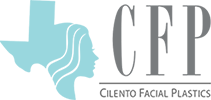Primary Rhinoplasty | Houston
Rhinoplasty is the clinical term for nose surgery. A primary rhinoplasty can change your nose, removing imperfections or simply making it more proportional with the rest of the face. The nose is one of the most predominant features of the human face. When someone is unhappy with their nose it’s often the only thing they can see. We want to help with that.
Primary Rhinoplasty is one of the original cosmetic surgeries, first performed in the United States in 1887. The surgery involves making incisions to access the underlying bone and cartilage. Depending on your goals, your surgeon may remove some bone and cartilage, or he may add tissue. Once he has altered the underlying structure of the nose, the skin and tissue is re-draped over the new structure.
Nose surgery is a delicate procedure, and our surgeons take great pride in their ability to give our patients the nose they’ve wanted. This procedure can really change a patient’s self image.
Goals of Primary Rhinoplasty
Every nose is different. How you see your nose now, and how you want to see it is a huge part of the process of getting a primary rhinoplasty. Goals may include enhancing breathing performance as well as improving appearance. Rhinoplasty can involve modifying skin, cartilage, bone, or all three.
During rhinoplasty, your surgeon may attempt to do one or more of the following:
- Modify the bridge
- Open breathing passages
- Reshape the tip
- Remove a hump
- Reshape or resize the nostrils
- Repair an injury
- Reshape or resize the nostrils
- Increase or decrease size
If you are concerned about keeping ethnic traits of your nose while changing others, you may want to consider ethnic rhinoplasty.
How the Procedure Works
There are two methods to rhinoplasty: closed or open. During your consultation, your surgeon will discuss which method he believes fits your needs. This will be a joint decision.
In open primary rhinoplasty, your surgeon makes an incision across the columella, the sliver of tissue between your nostrils. The soft tissue is then lifted upward and off the bone and cartilage. The open method completely exposes the underlying structure, making more dramatic modifications possible. After your surgeon reshapes the bone or cartilage, the soft tissue is then brought back down.
In closed rhinoplasty, your surgeon will make all of the necessary incisions inside the nose. This method makes no visible scarring, but it can limit the extent of reshaping possible.
If your goal is to build up an area of the nose, your surgeon can take cartilage or other material from the septum, the ears, or a rib. Sometimes we use synthetic implants.
If you are looking to shrink the size of your nose, your surgeon may break the nasal bones.
Rhinoplasty

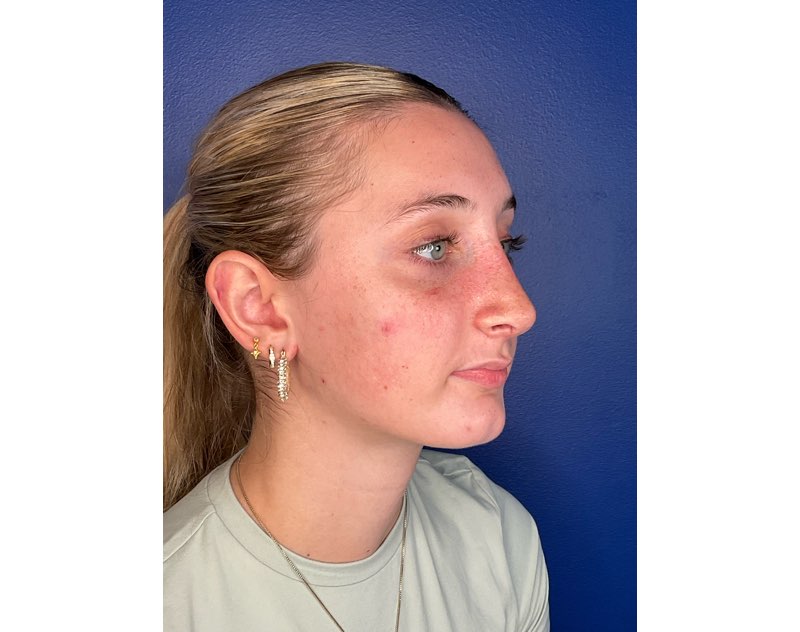
Rhinoplasty
Procedures: Rhinoplasty
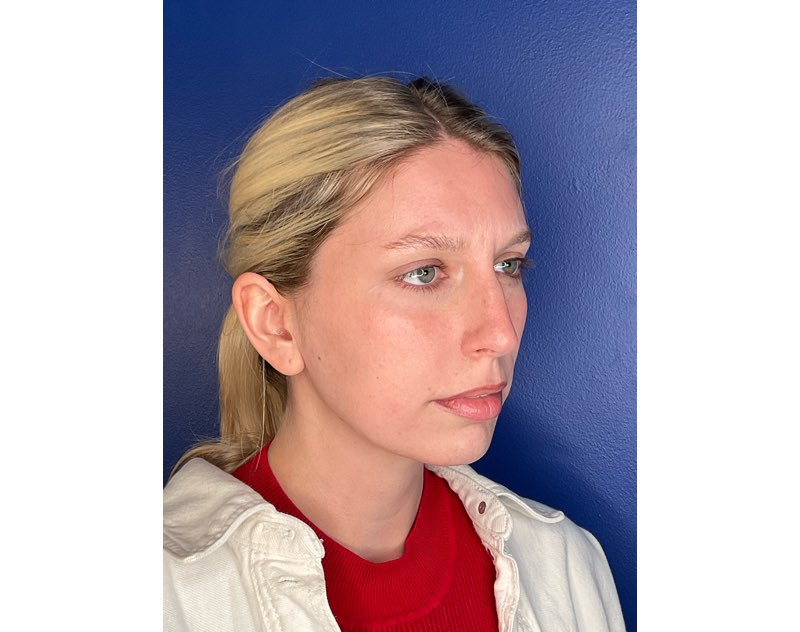

Rhinoplasty
Procedures: Rhinoplasty
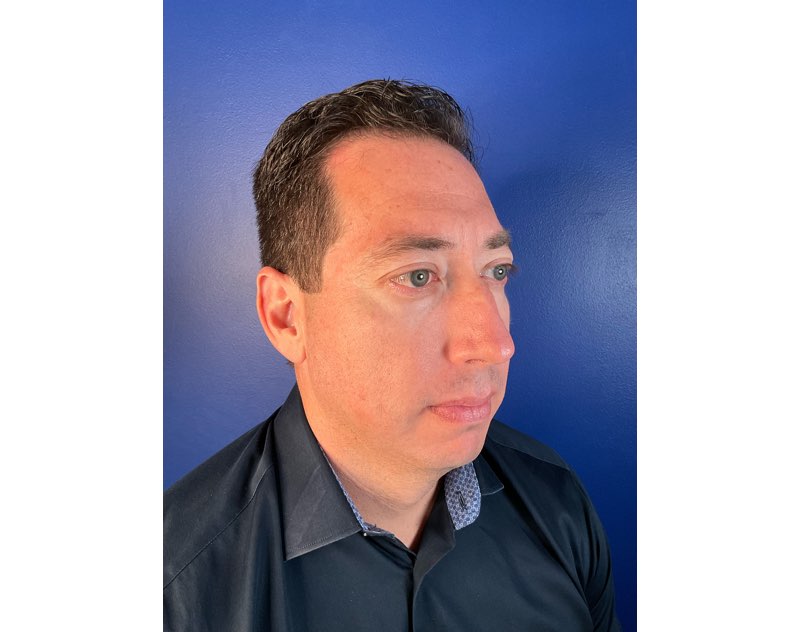

Rhinoplasty & Chin Implant
Procedures: Rhinoplasty
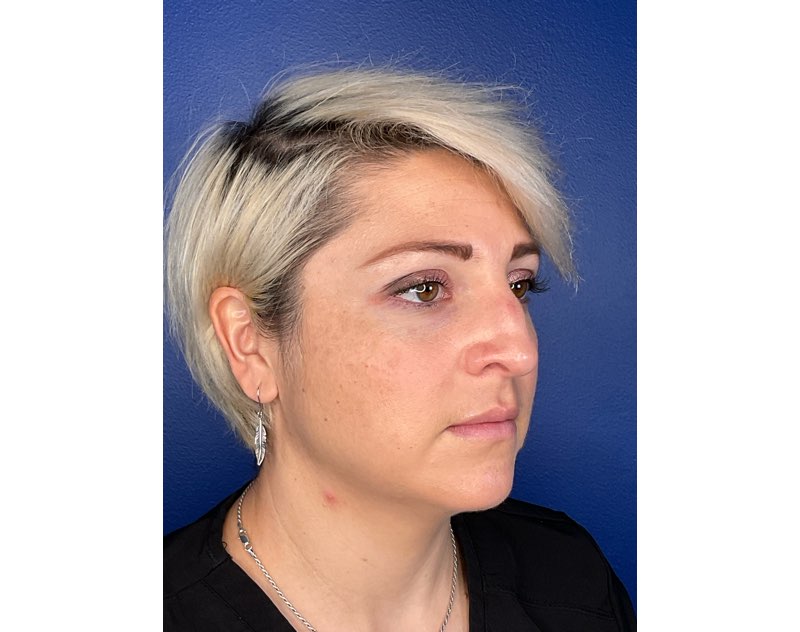

Rhinoplasty
Procedures: Rhinoplasty
Am I A Candidate For Primary Rhinoplasty?
When a patient comes to us exploring the possibility of nose surgery, there are usually three main purposes: cosmetic issues, injury repair, or to improve function.
If a person feels their nose is too bulbous or there’s a bump on the bridge, it can be a real issue. Here are common aesthetic reasons patients seek to make some changes:
• Their nose is too big or too small.
• The nose droops downward.
• They have overly flared nostrils.
• The nose isn’t proportional with the rest of the face.
• There is a prominent bump on the bridge.
• The nose has a bulbous tip.
• The nose is too wide or flat.
• Their nose is crooked from a prior injury.
People often injure their nose, but don’t always opt to correct it. Things like touch football games or even bumping into a wall in a dark room can alter the look and the function. We can correct both the appearance and the function.
Some people are born with nasal passages that are too narrow. Restricted airflow can lead to snoring and even sleep apnea. Functional Rhinoplasty can open constricted airways and vastly improve breathing function.
Frequently Asked Questions
How is a primary rhinoplasty performed?
The procedure can be done using an open or closed approach. In an open rhinoplasty, a small incision is made across the columella for full visibility of the nose’s structure. In a closed rhinoplasty, all incisions are made inside the nostrils, leaving no visible scar.
What changes can be made during primary rhinoplasty?
Common goals include reshaping the bridge or tip, opening breathing passages, reducing or increasing size, removing a hump, resizing nostrils, or repairing injuries—all tailored to the patient’s aesthetic and functional needs.
Will primary rhinoplasty affect my ethnic features?
If you wish to preserve certain ethnic characteristics of your nose while making changes, your surgeon can plan an ethnic rhinoplasty approach, focusing on improvement without altering your cultural identity.
What is recovery like after primary rhinoplasty?
Most patients can expect swelling, bruising, and nasal congestion in the first week or two. Stitches or splints are usually removed after about a week, and final results may take several months as swelling fully subsides.
What If I Still Have Questions About Primary Rhinoplasty?
If you have questions, we’re here to answer them. By scheduling an initial consultation we can go over your questions, concerns and goals. We’ll spend time with you discussing your options for primary rhinoplasty. Make sure you share all of your concerns with our surgeons during this time. If you’re having trouble breathing, or with nasal function, let us know. We’d be glad to help.
Get In Touch To Book Your Appointment With Dr. Cilento
Contact Us
"*" indicates required fields
